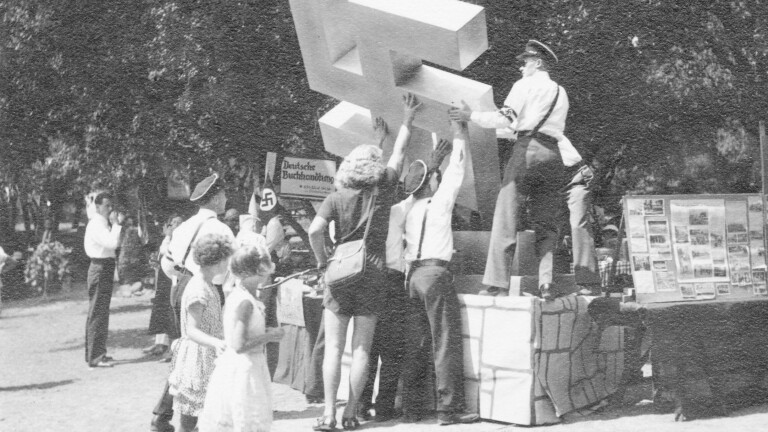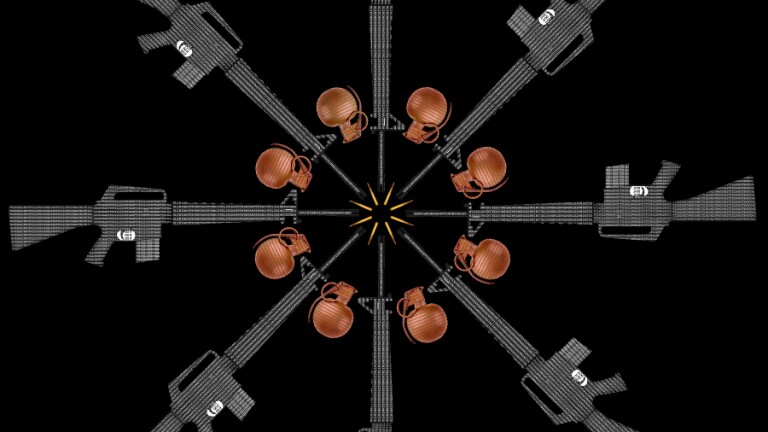Janet Owen Driggs

Janet Owen Driggs is a writer, artist and curator who, along with Matthew Owen Driggs, frequently participates in the collective identity "Owen Driggs." Her interests focus on those physical sites where one meets the other, which may be a public street, a garden that buffers public sidewalk and private interior, or the skin that holds "?me' in and mediates between "?us.'
Janet's work has been exhibited internationally, including in the United States, Europe, Scandinavia, and Brazil. She has curated exhibitions and screening programs in the United Kingdom, United States, People's Republic of China and Mexico. As part of Owen Driggs (with Matthew Driggs), she curated Performing Public Space at Tijuana's Casa del Tunel (February 2010), and generated "Mapping Biointimacy," a series of workshops, conversations, and a combined mobile "?phone app/guided walk at Montalvo Art Center and the ZERO 1 Garage (2013).
In addition to writing for KCET's Artbound, Janet is a co-author of "Preserving a Home for Veterans" (w. Lauren Bon, Richard Fox, Terence Lyons), Les Figues Press, Los Angeles, 2011; and "Something More Than Just Survival" (w. Jules Rochelle), Probiscis, London, 2011. She is editor of "Not A Cornfield: History/Site/Document," published by the Annenberg Foundation in 2006. Other texts have been published in Artillery, ArtUS, and Art Review, and included in How Many Billboards? Art In Stead, Verlag F'Ur Moderne Kunst, 2010; Hammer Projects 1999-2009, Hammer Museum, 2009; and Heike Baranowski "? Kolibri, Revolver, 2003.











